Baum’s “Wizard” as a Utopian American Dream soft-peddles an anti-nature-prejudice amid dazzling urban-industrial landscapes. This bias at the expense of the Earth’s resources contributes to today’s environmental and economic collapse.
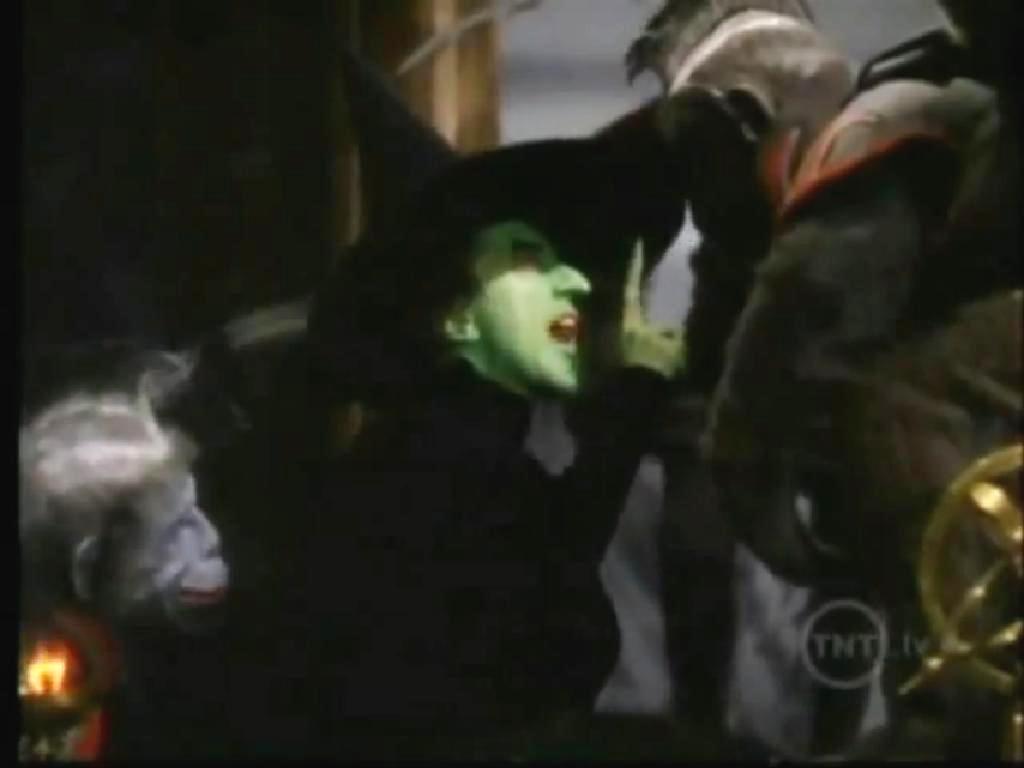

War on Nature Down the Yellow Brick Road Symbolized in L. Frank Baum’s The Wonderful Wizard of OZ
While the industrial magnates of the late nineteenth century United States peddled the “American Dream” of success through ingenuity and hard work, they pushed forward a railroad speculation bubble (sound familiar?) and a treasury run on the gold supply which collapsed the economy (hmm) known as the Panic of 1893. L. Frank Baum, sheltered son of an affluent Syracuse, NY oil baron, experienced this conundrum first hand after his family lost their wealth and he had to work for a living. Many see The Wonderful Wizard as an ostensibly populist parable with a pro-urban-industrial consumerist bias for a time of mass labor unemployment, destruction of the agricultural sector, leading to a massive movement toward the west.
STORY: Oren Lyons: On the Unity of the Earth
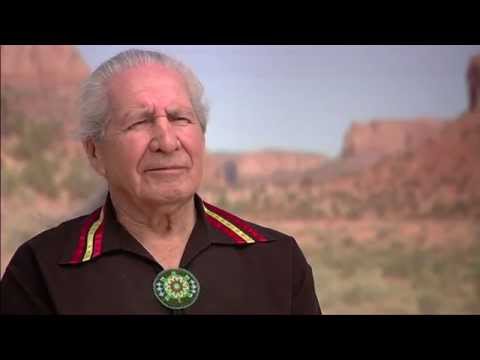
Watch this video on YouTube
Oren Lyons is a Native American Faithkeeper of the Turtle Clan of the Onondaga and Seneca Nations of the Iroquois Confederacy from Upstate New York.
Utopian “American Dream” Had the Wrong Enemy
The creation of a utopian ideal world purports to correct societal wrongs, reimagining an alternate universe of beautiful, sustainable overcoming. L. Frank Baum’s Utopian Dream of Oz can be seen as tracking a self-confidence-based way forward (aka in today’s parlance “The Secret“) out of the desolation of a drought-stricken, Mother-Nature-cursed, Wall-Street-and-Washington-caused collapsed agricultural society known as “Kansas.”
Like today, our industrial economy has largely collapsed because of Wall Street bank speculation and our environment continues to suffer the externalities of capitalism’s anti-nature bias. We need a new OZ, one that envisions Baum’s Wicked Witch (Mother Nature) as the answer. To not follow the Yellow Brick Road (gold), but learn from the numerous societies Baum illustrated in the book that thrived on cooperation and diversity, including the Flying Monkeys (the Native Americans), keeping far away from the opulent illusion of The Emerald City.
STORY: Oren Lyons on Changing Our Values to Survive
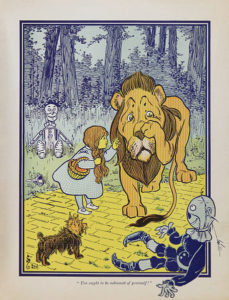

Panic of 1893 in Oz Parable
The 1894 Marches on Washington led by Ohio businessman Jacob Coxey in protest, called Coxey’s Army (Occupy Wall Street?), were observed by Baum before he gained fame. His Utopian Dream envisioned Dorothy as the typical American Dreamer, practical, sensible and resourceful, yearning for home and family. The “girl next door” joins forces in the Land of Oz with the self-doubting Scarecrow (the intellectually challenged American farmer), Tin Woodman (the heart-seeking industrial worker), and Cowardly Lion (the weak opposing Populist Party presidential candidate, William Jennings Bryan).
They march on the yellow brick road (the gold standard) to the Emerald City, the pretend-value-emerald-hued (greenbacks-money seen because of green-eyeglasses) Capitol (or Washington DC), demanding relief from the Wizard, interpreted as the President (either Cleveland or McKinley). Dorothy’s shoes (made of silver in the book, not the familiar ruby depicted in the movie) maybe symbolize the free silver movement as an alternative to the gold standard (the road of yellow brick) because the shortage of gold precipitated the Panic of 1893.
Baum’s Urban Abundance and a New Industrial Ethic
Rather than a truly populist parable, however, the book celebrates the opulence and magic of the Emerald City, and the power of positive thinking (not necessarily hard work), traits associated with the urban industrial consumer culture of the turn of the century (and still quite alive today). Baum’s Utopian Dream advocates that gold paves the road to success and fulfillment, but obstacles hide at every turn. The Wicked Witch of the West, the Wild West, untrammeled nature (drought, cyclones), stands in the way of the Dream and and must be overcome. This “utopian” world-view asserts that power and prosperity depend upon overcoming nature and its Flying Monkeys, the Indians (as Mr. Oren Lyons in the video below asserts as Baum’s maybe noble “Pets of the Government”). Many may also see the Wicked Witch of the West as the wealthy western oil and railroad barons, but his own personal history and his advocacy for finding wonder in technology and industrial operations belies that somewhat.
Time to Apologize to the Witch, Our Mother
This soft-peddled world-view of anti-nature-prejudice amid dazzling urban-industrial landscapes, manifested for another hundred years of capitalist expansion at the expense of the earth’s resources, has led us to today’s environmental and economic collapse.
Maybe we do need to choose a different enemy, to survive in this Oz-like paradise another 100 years.
Earth Island Institute’s Sacred Land Film Project produces a variety of media and educational materials — films, videos, DVDs, articles, photographs, school curricula materials and Web site content — to deepen public understanding of sacred places, indigenous cultures and environmental justice. Our mission is to use journalism, organizing and activism to rekindle reverence for land, increase respect for cultural diversity, stimulate dialogue about connections between nature and culture, and protect sacred lands and diverse spiritual practices. For the last decade we have focused on the production and distribution of the documentary film, In the Light of Reverence.We are currently developing a four-part series on sacred places around the world, entitled Standing on Sacred Ground.
Sources
Sacred Lands Film Project http://www.sacredland.org/index.php/oren-lyons-on-the-wizard-of-oz
The Yellow Brick Road to Utopia http://userwww.sfsu.edu/~gwtuma/
Oz Populism Theory http://www.halcyon.com/piglet/Populism.htm
Political Interpretations of “The Wonderful Wizard of OZ.” http://en.wikipedia.org/wiki/Political_interpretations_of_The_Wonderful_Wizard_of_Oz
Updated 7 December 2024

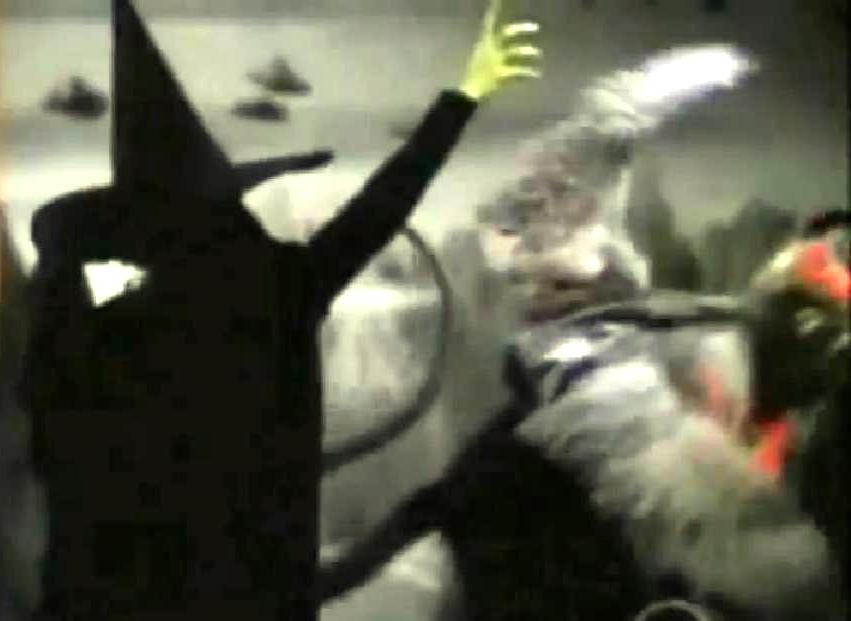

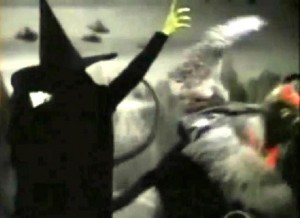

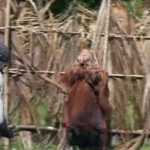

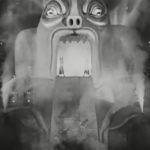
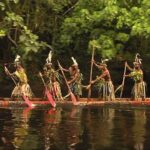






I love this article and of course Oren Lyons is one of my favorite elders. I’m wondering if you could post this article on ROSE. I can make you a contributor so that you could post there as well.
Pingback: Papuan Rainforest World of Sustainable River Guardians | WilderUtopia.com
Pingback: Oren Lyons: On the Unity of the Earth